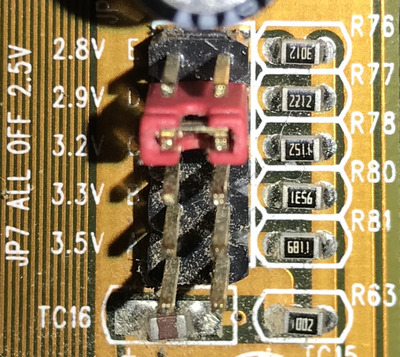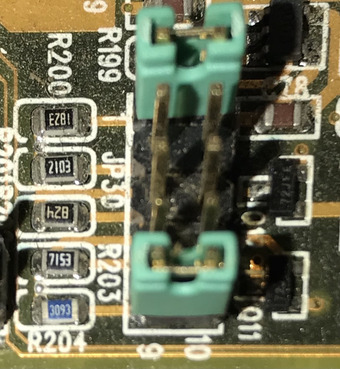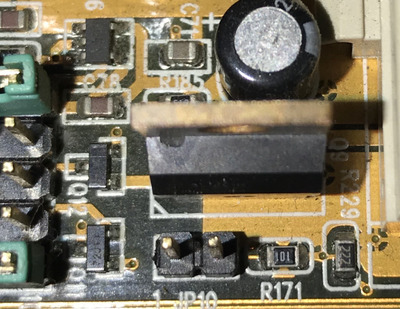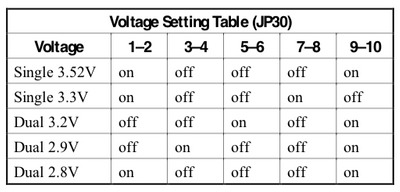First post, by RichB93
- Rank
- Member
Hi all,
I have a couple of Socket 7 boards and I'd like to know where to start with regards to modifying the CPU voltage selection jumpers to use a Tillamook CPU on both of them. One board is a PC Chips M550 which goes as low as 2.5v with no jumpers installed, all the way up to 3.5v using a single jumper
The second board is a Soyo SY-5BT which uses a more confusing dual jumper configuration to offer voltages from 2.8v to 3.5v. This is unfortunately the earlier revision 1 board which doesn't have the additional jumpers which allow a 2.2v selection, close enough to the 1.9v spec of the Tillamook for me to not worry about having to modify anything. I have however noticed a JP10 jumper nearby which looks somewhat related and is suspiciously not documented in the manual (or even shown on the board diagram).
As I understand it, Tillamook CPUs all but work now on many S7 boards (these are both 430TX chipset) with full L2 cache support, thanks to some easily done soldering modifications to force the cache enabled and also set the 4x multiplier. I'm happy to do this work, but obviously before I buy some chips and do so, I'd like to get the CPU voltage down on these boards.
I can see varying resistors next to each of the jumpers, so I assume it's the case of working out the correct value.
Can anyone here help?



